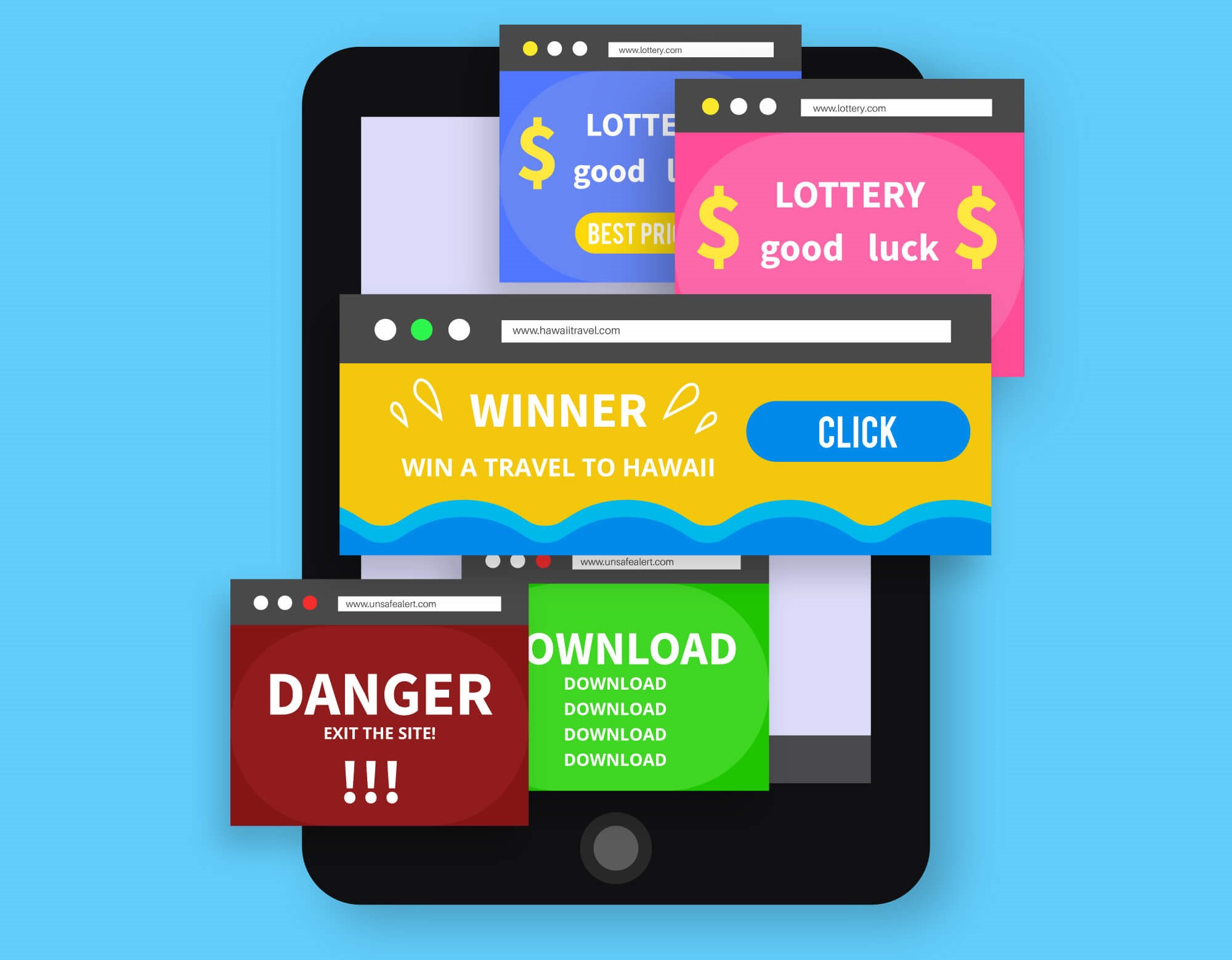What is a splash page in web design?

A business's website is its introduction to customers, and a crucial element in any digital marketing strategy. As with any first impression, web design plays a critical role in an online business's success. An attractive splash page can be a powerful tool to grab attention, provide key information about the business, and convince potential customers to explore further.
So what does a splash page mean?
A splash page is a page that appears before a user can see the home page. It acts as an introductory page to the website for the visitors giving an overview of the business. They are commonly known as pop-up pages. Splash pages are created visually attractive with graphics and animations to impress visitors with the best user experience. These pages will support the business for better conversion goals. Most of the splash pages can be closed by the user before loading other website elements.
A splash page benefits the website when it is provided with a business purpose, or else it can become an unnecessary page blocking the main page of the website.
Elements used in a splash page
Each splash page is designed considering the purpose of the business website. But most of the splash page includes some common elements that should be arranged cleanly. These elements are crucial in building a strong brand.
- Background image
- Brand identity elements such as logo, color palette, typography, etc.
- Headline
- Call to action (CTA)
- Instructions, disclaimers, or warnings
- Other graphics and videos
You can use a splash page in various ways that are best to engage the visitors and convert them to your customers.
- Featuring new offers, discounts, product launch, or any events
- Recommend visitors to subscribe to the newsletter.
- Add more interactive elements for better user experience.
- Convey the audience about the product or service information.
- Allow visitors to select their preferred language, region and verify the age of visitors.
- Sharing testimonials and reviews to build trust within the visitors
- Include a CTA button taking visitors to the website
Splash Pages Examples
Zara
The New York Times
White Claw
Facebook
Zara is a popular brand and its corporate website is available globally. Zara has a splash page that asks for preferred language and region. The best browsing experience can be personalized for the visitors using drop-down menus. Zara’s splash page includes a simple design focusing on the clothing which gives an impression to the visitors to enter the website and go through the products.
The New York Times uses the splash page to ask visitors to subscribe to access the content. This method is common among digital publications allowing the visitors to only access the content until a limit and to subscribe for further access. A paywall awaits the first-time visitors once they complete reading the three-article free of charge. The splash page is to be implemented properly as it can also have a negative impact of losing visitors.
White Claw has an age verification splash page. Certain types of user traffic are warned before entering the website. Like this, the splash page requests the age of the visitors. The design is responsive and very simple avoiding all unwanted things on the splash page. Visitors don't have the option to skip the page until they add their date of birth and confirm it. There is also a country or language option available here similar to Zara.
Facebook has a login splash page and users can access it only after they log in through this page with the username and password. Or else it will remain as a login splash page. Splash page design is kept minimal by Facebook with just a logo, headline, and the login form to fill.
To summarize, Splash pages are one of the best ways to introduce your brand to the user. Having a splash page is not compulsory, but they have a positive impact when used properly with a clear objective.
